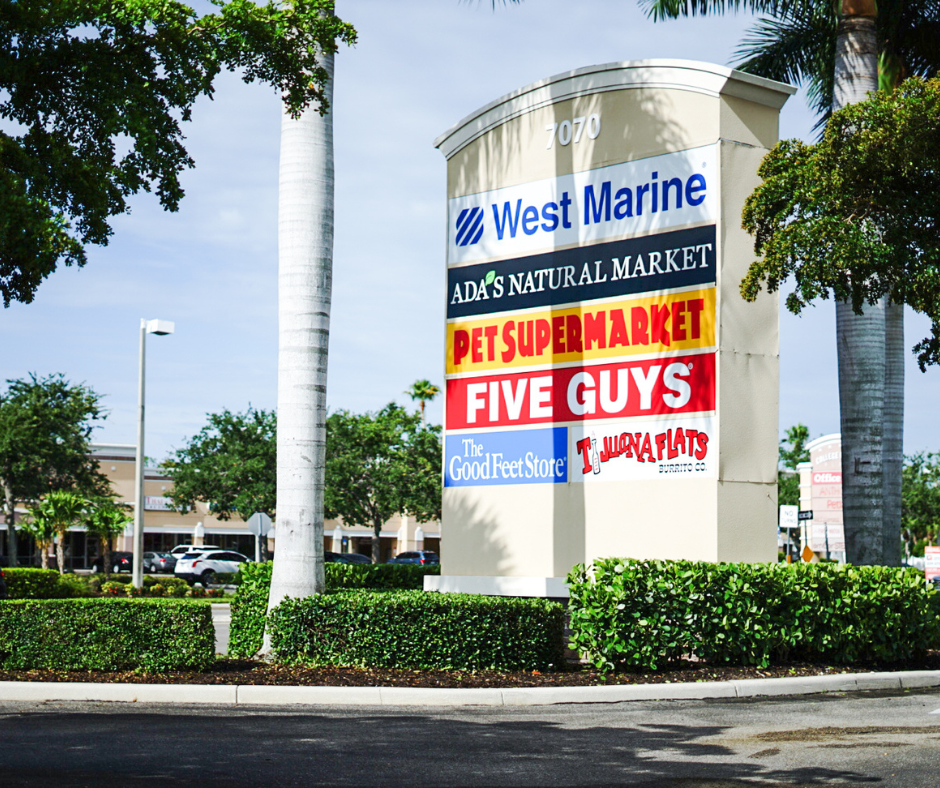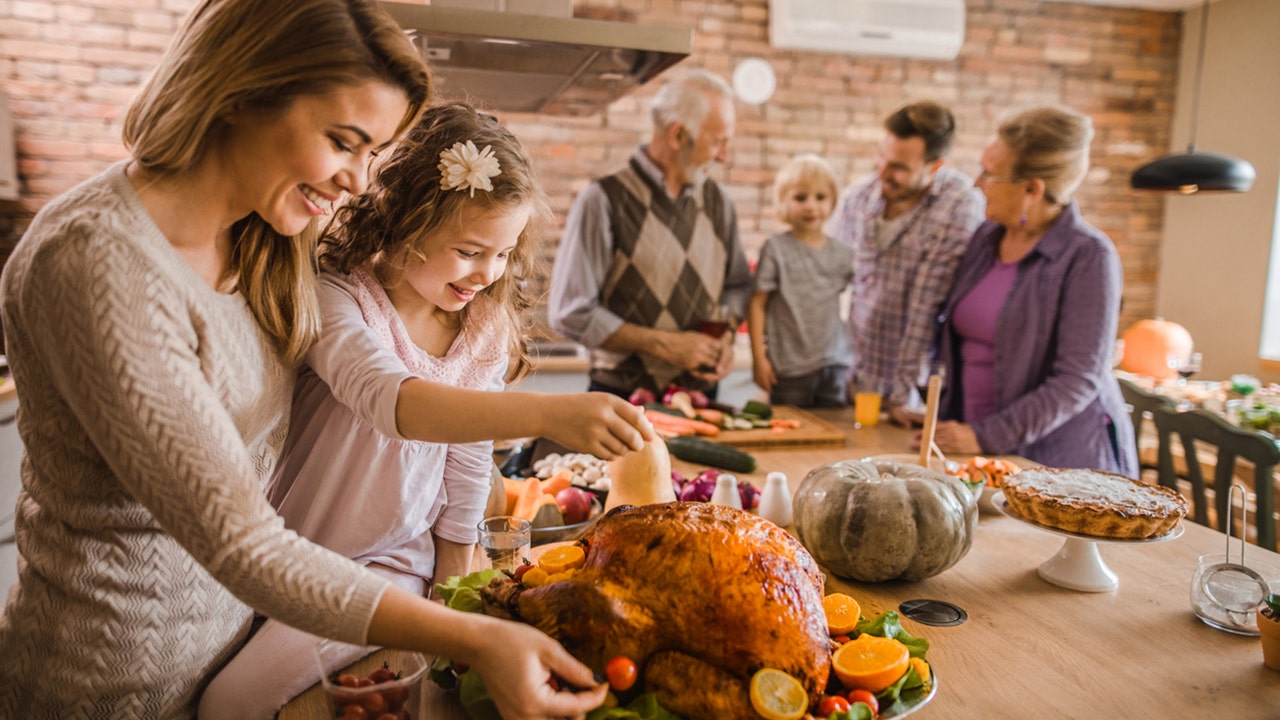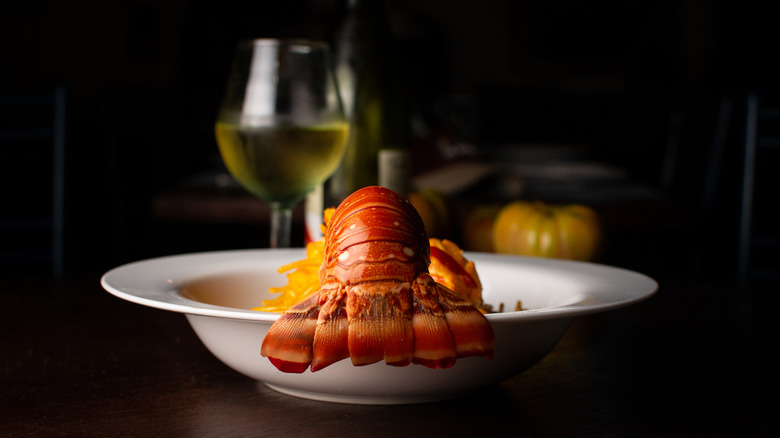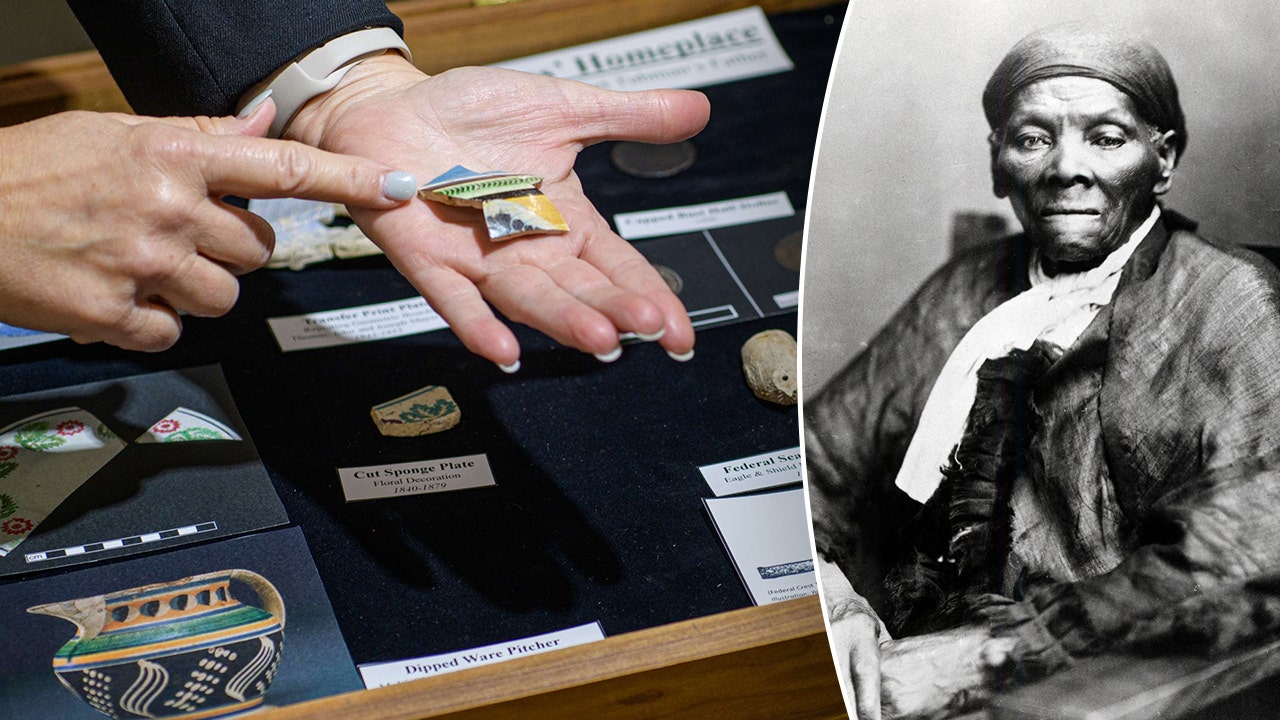A Journey Through Calvados: The Heart of Normandy’s Apple Brandy
Nestled in the lush landscapes of Normandy, France, the story of Calvados unfolds like a rich tapestry woven with the threads of tradition, craftsmanship, and a profound connection to the land. This illustrious apple brandy, produced from the fruits of nearly 20,000 acres of orchards, invites both the curious and the connoisseurs to delight in its unique flavors and heritage.
Understanding Calvados: More Than Just an Apple Spirit
Calvados, at its essence, is a distilled apple cider, but its existence extends far beyond mere fermentation. This spirit holds a prestigious status, similar to Champagne and Cognac, due to its Appellation d’Origine Contrôlée (AOC) classification, which dictates that it must be produced in specific regions of Normandy. Aging for at least two years in French oak barrels, Calvados develops complex flavors, evolving from fresh apple notes to the warm, baked sweetness reminiscent of an autumnal harvest.
The Crafting Process: A Symphony of Nature and Nurture
The journey of Calvados begins with the careful selection of apples and pears. Unlike the common varieties found in grocery stores, these fruits are carefully chosen for their high phenolic content and divided into four categories: bitter, bittersweet, sharp, and sweet. The process starts with harvesting, where cider apples and perry pears are picked, cleaned, and mashed into a pulp. The juice, when pressed, forms the foundation for what will become an exquisite spirit.
Fermentation follows, transforming this juice into dry cider. After a minimum of 21 days, the cider, possessing an alcoholic potency of at least 4.5%, is ready for distillation. This critical step involves separating alcohol vapors from the cider, condensing them into a higher proof liquid—essentially the essence of Calvados.
The Nuances of Aging: Time and Transformation
Once distilled, the raw spirit is placed into barrels where time works its magic. The age of the Calvados plays a vital role in flavor development. Younger expressions are lively and fresh, perfect for invigorating cocktails, while older varieties—some aged for 20 years or more—mature into complex elixirs filled with rich, caramelized apple flavors, often enhancing the sipping experience.
This aging process is not just about time but also the type of wood. Each barrel imparts unique characteristics, allowing for a symphonic blend of flavors that evoke memories of sun-ripened orchards and comforting autumn afternoons.
The Culture of Calvados: From Laborers to Luxury
Traditionally perceived as a working-class drink enjoyed by farmers—often added to coffee during breaks—Calvados has undergone a renaissance. The dedicated efforts of forward-thinking producers have shifted its image from simple sustenance to a sophisticated spirit worthy of admiration. No longer confined to the countryside, Calvados is making its way into upscale bars and cocktail menus, capturing the imagination of mixologists who revel in its versatility.
The world of cocktails is treasuring Calvados’s bright apple flavor, harmonizing beautifully in classics like the Jack Rose and Pan American Clipper. As spirits evolve and trends shift, Calvados finds its way into innovative recipes, encouraging enthusiasts to explore its culinary potential.
Closing Thoughts: Reflecting on Calvados
With its roots deep in the soils of Normandy, Calvados is more than just a drink; it is a narrative of a region, a culture, and a heritage. Each sip transports you to the heart of France’s apple orchards, inviting contemplation and connection to centuries of craftsmanship. Whether shared in intimate gatherings or savored solo, Calvados offers warmth and complexity, ensuring that every bottle tells a story worth experiencing. As the world awakens to its charm, the apple spirit leaves an indelible mark on palates and hearts alike, inviting us to celebrate the simple yet profound pleasures of life.




































